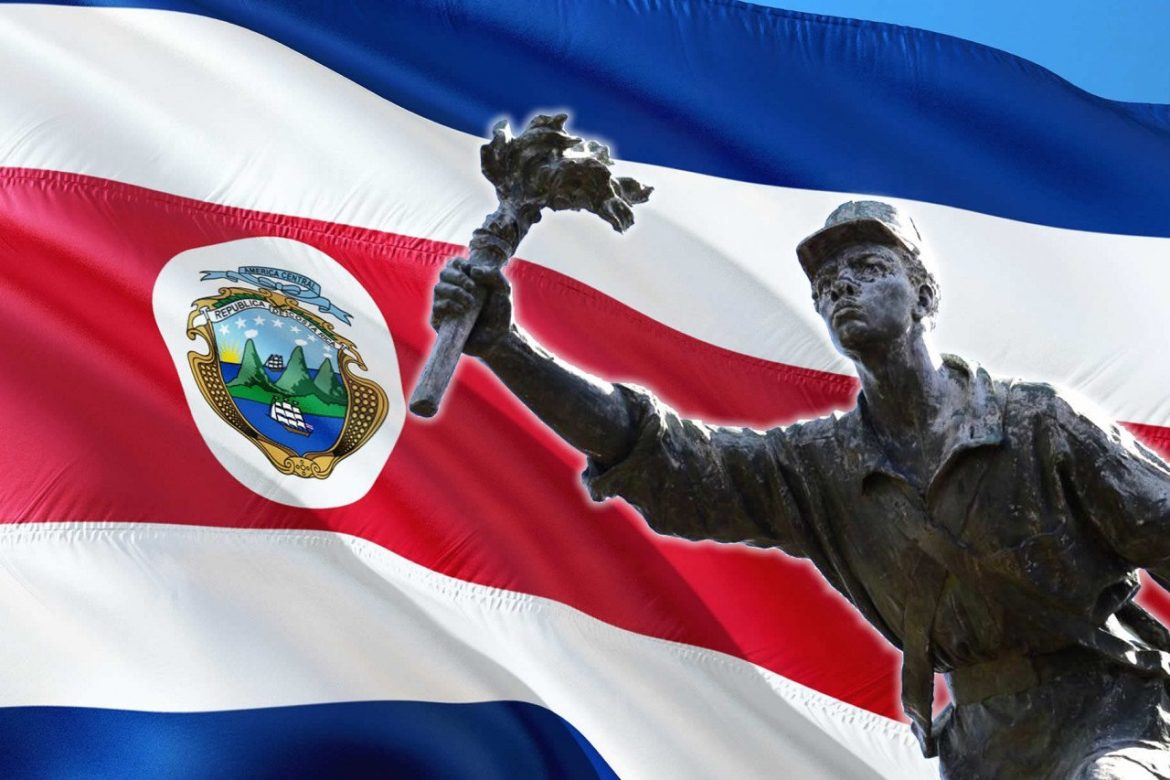April 11th rolls around with the same fervor as the drums that echo through the streets, marking a day of heated debate over Juan Santamaría. Declared a national hero for his daring act of setting the Mesón de Guerra ablaze in 1856 during the Battle of Rivas (Nicaragua), Santamaría’s story is as contentious as it is celebrated. To some, the tale of “El Erizo,” as he’s affectionately known, borders on folklore, sharing a shelf with legends like La Cegua or El Cadejos.
However, the murky waters surrounding Santamaría’s existence and his fabled heroism have been clarified by decades of meticulous historical research. Documents unearthed by historians paint a vivid picture of Santamaría’s life, confirming his role and demise in the Battle of Rivas as a consensus among scholars.
The Documentary Evidence of Juan Santamaría
Key pieces of evidence have emerged over time, shedding light on the true story of Santamaría. These include his baptismal record, casualty reports from the Battle of Rivas, his mother’s pension request, and two ad perpetuam reports from 1891, gathering eyewitness accounts of those who knew the hero personally.
As per his baptismal record, Juan Santamaría was born on August 29, 1831, in Alajuela, the son of Manuela Carvajal. Intriguingly, both he and his mother bore the surnames Santamaría, Carvajal, and Gallegos, a nod to the familial lineage on his mother’s side.
The Battle and Beyond: Unveiling the Hero
The list from the Secretary of War detailing the casualties of the Battle of Rivas lists Santamaría among those who fell, providing tangible proof of his participation and sacrifice. Further solidifying his legacy, a pension request filed by his mother to the state reveals Santamaría’s rank as “cabo o tambor” and acknowledges his death at Rivas as a matter of public record.
This request was swiftly approved by then-President Juan Rafael Mora Porras, granting a monthly pension of 3 pesos to the soldier’s mother, a sum later tripled by President José María Montealegre. These documents, along with the ad perpetuam reports, form a cornerstone of evidence supporting Santamaría’s historical presence and heroism.
From Local Hero to National Symbol
While Juan Santamaría’s bravery was initially celebrated locally in Alajuela, his story gained national prominence thanks to the efforts of liberal politicians in the late 19th century. Figures like Tomás Guardia and Bernardo Soto championed Santamaría as a unifying symbol of Costa Rican identity, elevating him from a regional hero to a national icon.
The Ongoing Debate
Despite the wealth of historical evidence, skepticism surrounding Santamaría’s story persists, fueled by political and ideological motives. Early critics like Lorenzo Montúfar questioned the absence of Santamaría from contemporary war reports, sparking a debate that continues to this day.
Yet, the efforts to document and celebrate Santamaría’s life have transformed him from a mere mortal to a larger-than-life figure, immortalized in statues, an airport named in his honor, and his designation as a national hero. This transition from flesh and blood to bronze and marble serves as a reminder of the power of storytelling in shaping national identity.
The Importance of Keeping History Alive
While Costa Rica celebrates Juan Santamaría as a national hero, the challenge remains to convey his story accurately and compellingly to future generations. Misconceptions about Santamaría’s age at the time of his heroism and the immediate impact of his actions on the Battle of Rivas highlight the need for ongoing education and research to preserve the nuanced truth of his legacy.
As Costa Rica navigates the complexities of honoring its heroes, the story of Juan Santamaría stands as a testament to the country’s rich history and the enduring spirit of its people. His legacy, grounded in documented facts and enlivened by national pride, continues to inspire Costa Ricans and serves as a beacon of courage and sacrifice.

